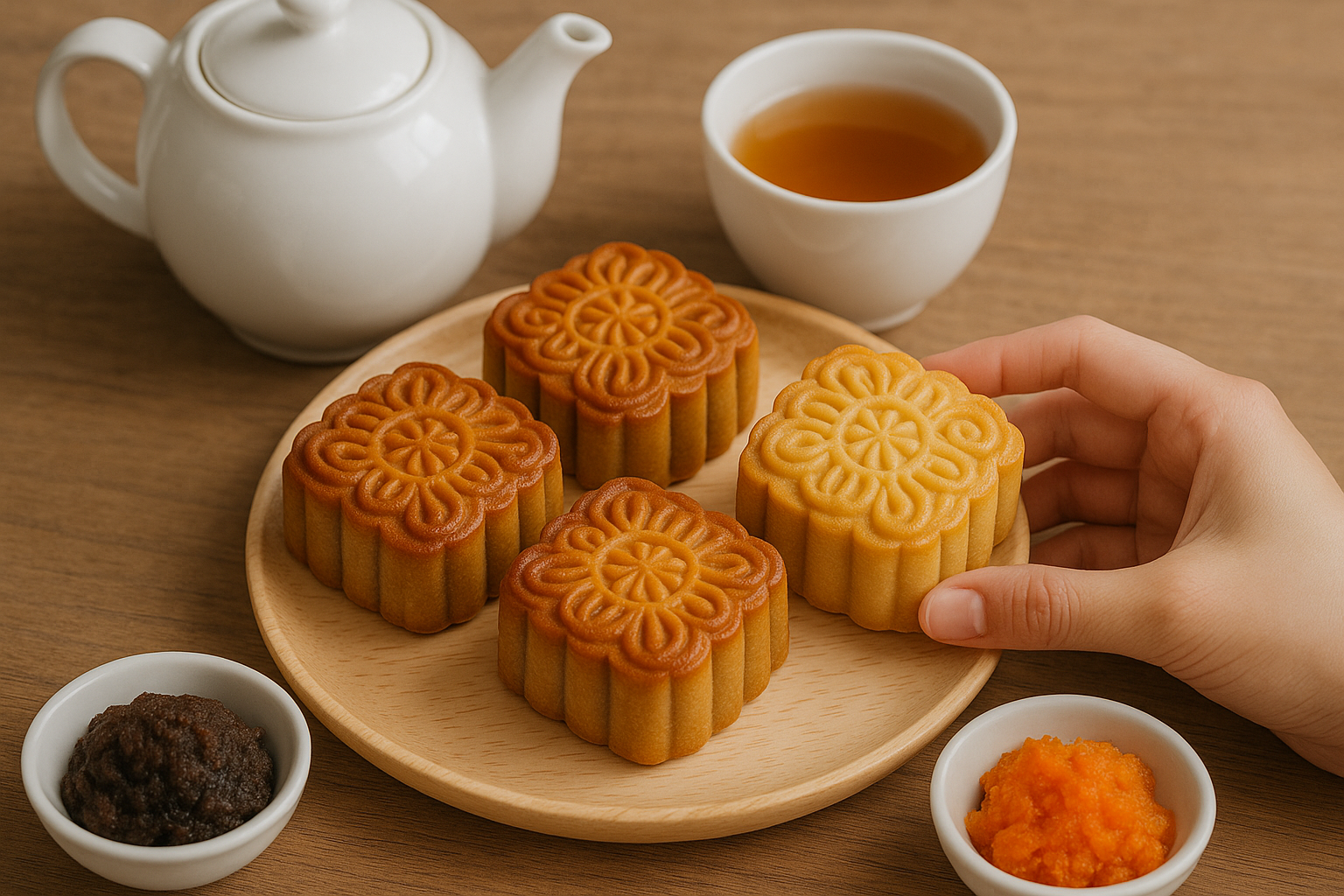
Andy
Search


Healthy Comfort Food for Busy Families
Andy
September 21, 2025

Omichef Cookware Tips for a Healthy Kitchen Choice
Andy
September 8, 2025

How to Clean Your Dishwasher: A Step‑by‑Step Guide
Andy
September 4, 2025

How to Open and Troubleshoot Your Hotpoint Dishwasher?
Andy
August 20, 2025

Where to Buy Kitchen Tools for Quality Cooking – Omichef
Andy
August 18, 2025

How to Choose the Perfect Mooncake Flavor for Every Taste
Andy
August 11, 2025

The Ultimate Guide to Tile Cleaning, Grout Repair, and Restoration
Andy
August 8, 2025

How to Install a Dishwasher: Step-by-Step Guide from a Dishwasher Expert
Andy
August 3, 2025

Triply vs Sandwich Bottom Cookware: Key Differences
Andy
July 28, 2025

